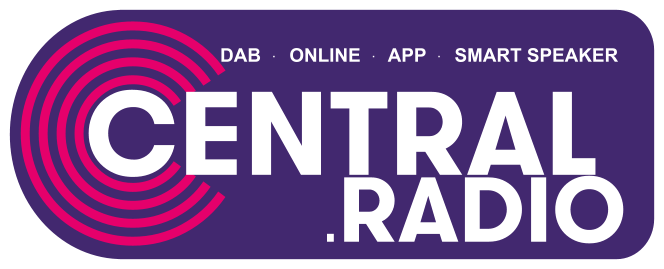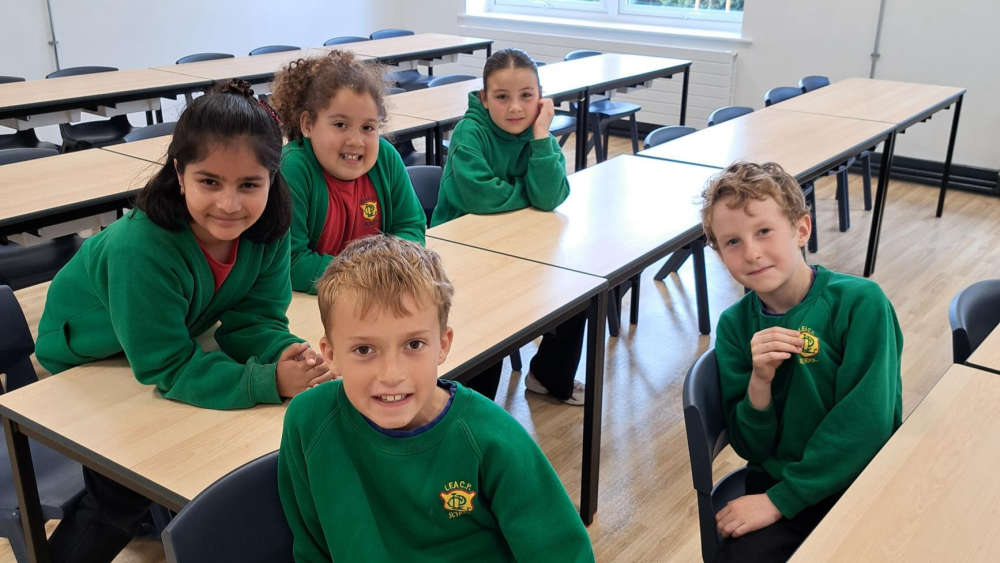
Preston should be expanded to include parts of South Ribble, Wyre and Ribble Valley – creating a new ‘Greater Preston’ council area.
That is the pitch the leader of Preston City Council has made to the government amidst a flurry of proposals from Lancashire politicians about how the county’s local authority map should be redrawn.
Matthew Brown says the move would create an “economic area that makes sense”.
His blueprint suggests the city council’s current borders are widened so that they draw in Penwortham, Longton, Bamber Bridge and Samlesbury from South Ribble, Garstang from Wyre, the part of Longridge that sits within Ribble Valley and the Mellor and Balderstone areas of that district.
The proposed change would see Preston’s population of 156,000 increase by around 89,000 residents.
It comes after the Local Democracy Reporting Service (LDRS) revealed that the leaders of South Ribble and Chorley councils had proposed their authorities merge with each other and West Lancashire Borough Council.
That plan – which was submitted to the government late last week – notably did not include Preston, in spite of the city being part of the patch traditionally identified as “Central Lancashire”, along with South Ribble and Chorley.
The slew of suggestions for changes to council boundaries was sparked by a call made by the majority of Lancashire’s Labour MPs last month for a radical overhaul that would see the number of local authorities in the county slashed from 15 to just three or four – and the creation of an elected Lancashire mayor.
The new councils would necessarily cover much larger areas and would be standalone – or ‘unitary’ – authorities, responsible for delivering all services in their patch, unlike under the two-tier split between the county and district councils which currently exists across most of Lancashire.
However, Cllr Brown’s plan – contained in a letter sent to local government minister Jim McMahon and seen by the LDRS – opens up the prospect not just of merging councils on the basis of their existing footprints, but creating entirely new local authority geographies.
It has the potential to make an already politically fraught situation even more so, but the Labour leader says the approach is justified both on its own merits – and because of the position taken by South Ribble and Chorley.
“Preston is the administrative headquarters of the county and Greater Preston would bring [together] an economic area that makes sense – in terms of administration, health, planning and housebuilding.
“So we’re really keen on trying to persuade the government to give us a larger Preston unitary [authority]. It takes us to a population of around 250,000 – and we feel that’s getting to a potential level…the government might accept,” Cllr Brown explained.
The Labour MPs said in their proposal to the government that any newly-created councils should contain between 300,000 and 550,000 residents.
The government’s own thoughts on the subject of the size of standalone authorities are likely to emerge in a delayed white paper on devolution, which has now been promised by the end of the year.
Some Greater Manchester councils have fewer than 250,000 residents, while Lancashire’s only two existing unitary authorities – Blackpool and Blackburn with Darwen – have populations of just 142,000 and 157,000 respectively, although they would be subsumed into larger areas under any wholesale council shake-up.
In his letter to Jim McMahon, Cllr Brown acknowledges that the government may prefer any reorganisation to be based on “existing local government boundaries”, in which case he says Preston would be “open to a discussion” about merging with Lancaster and Ribble Valley.
The LDRS understands that that option is one put forward by the South Ribble and Chorley leaders, as part of their explanation for how mergers elsewhere in the county could accommodate their own suggested union with West Lancashire.
Matthew Brown told the LDRS there were “synergies” between Preston and Lancaster – Lancashire’s only two cities – which he noted both have universities and are “very similar in terms of culture”.
His letter also states that Preston would also “potentially” still consider a four-way tie-up with South Ribble, Chorley and West Lancashire if it was ultimately on the table – but that the Greater Preston concept was now the “preferred option”.
He has also repeated a call he made last month for all councils to try to achieve “consensus” over any changes – perhaps by involving third party organisations like the Local Government Association – rather than having them imposed from Whitehall.
WHY GREATER PRESTON?
Cllr Brown’s six-page letter to the government lays out a litany of reasons for the creation of an expanded Preston City Council patch.
It describes Preston as a “successful” and “pioneering” city which is “the economic, administrative, employment and academic heart of Lancashire”.
The document notes that the city is a “net importer of jobs” and “the most significant commuter destination” in the county, according to the Lancashire Independent Economic Review. Preston is also revealed to have the largest geographical “travel-to-work” area in Lancashire – a measure of how many people live and work in the same locality.
A Greater Preston area of the type proposed would include the employment hotspots of the BAE Systems site in Samlesbury and the nearby National Cyber Force HQ due to open next year.
As well as Preston’s own purported strengths, the letter also presents the claimed weaknesses of the current local government structure.
“Counties and districts were established over 50 years ago. The boundaries agreed in 1974 have not aged well in some areas – the world has changed substantially since then,” it reads.
“People’s social, personal and community networks have changed considerably. Similarly, the functional economic areas of today are much wider and driven by different sectors than in 1974.
“Two-tier arrangements do not work well for urban development, nor ensuring rural areas are linked into the wider benefits of city region growth. By their nature they create separation and conflicting priorities.”
While acknowledging the likely minimum population criteria the government might apply to any newly-created local authorities – for reasons of efficiency and simplification – the correspondence cautions that “with greater population and geographic size, comes the risk of unhelpful distance between politicians, democratic institutions, and residents”.
“New council sizes must be cognisant of not just efficiency and effectiveness, but also community identity and democratic engagement. The numbers of councillors elected
to lead and provide representation for their communities should not be diminished through local government reorganisation.”
Cllr Brown urges the government to “seek to correct historical mistakes in the drawing of boundaries” and make the starting point for any shake-up the creation of “functional economic areas”.
Speaking to the LDRS, he also said that a Greater Preston area would more easily enable the continuation of the so-called “Preston Model” of community wealth building.
“We feel we are unique in terms of [our] emphasis on public ownership, [local] procurement, living wage jobs, tackling inequalities and growing the social economy.
“If we were subsumed into a large 500,000+ [population] council – even if [made up of] Labour councils – that loses something,” Cllr Brown said.

 BAE Typhoon jobs fear
BAE Typhoon jobs fear
 The Harris announces grand reopening in September
The Harris announces grand reopening in September
 Preston pub demolition approved
Preston pub demolition approved
 Lancashire Lightning win final over thriller at Northants
Lancashire Lightning win final over thriller at Northants
 Lancashire Police made 3,035 ASB arrests in last 12 months
Lancashire Police made 3,035 ASB arrests in last 12 months
 Police Commissioner launches new fund to combat violence against women and girls
Police Commissioner launches new fund to combat violence against women and girls
 Military veterans cafe in the heart of Preston tackling loneliness and isolation
Military veterans cafe in the heart of Preston tackling loneliness and isolation
 Preston primary school celebrates new expansion
Preston primary school celebrates new expansion







